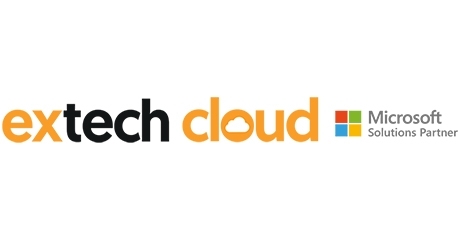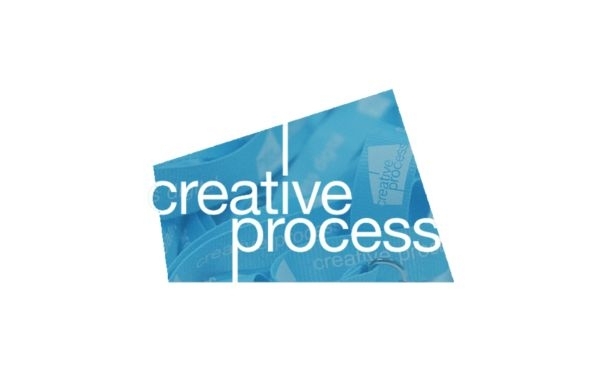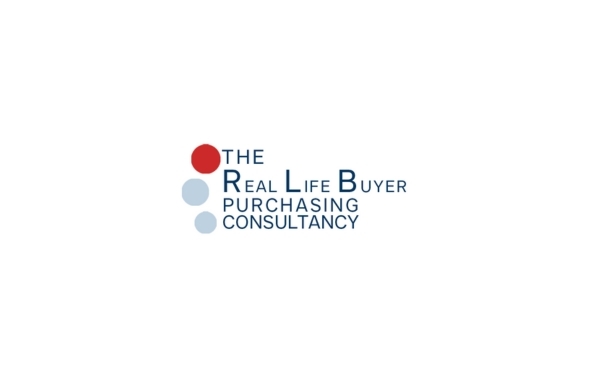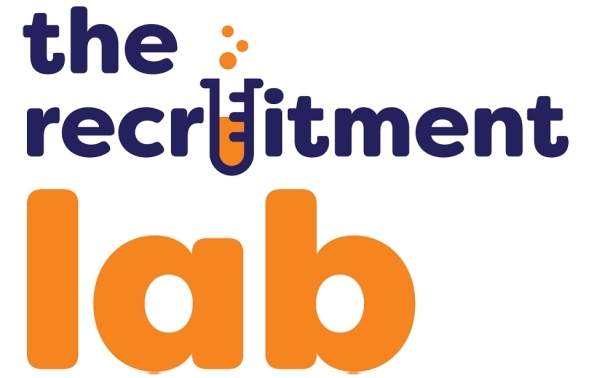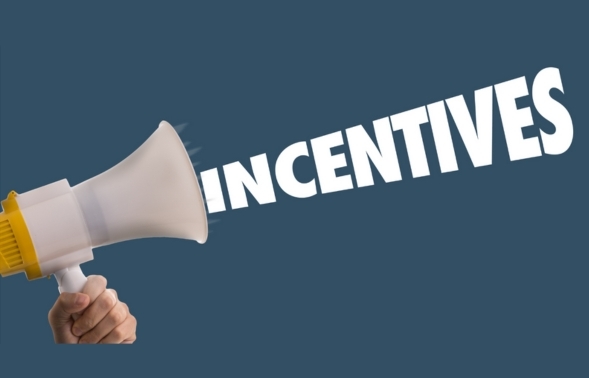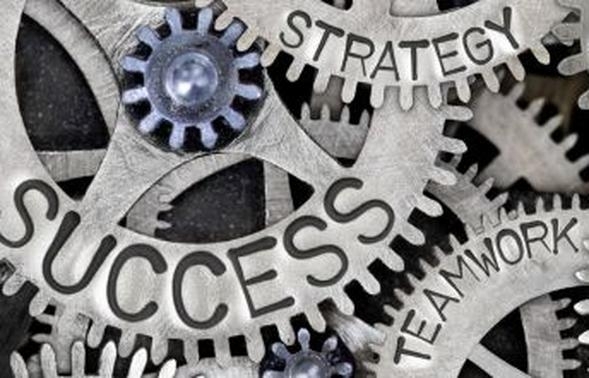The Hidden Dangers of End-of-Life Software
Cybersecurity Threats
Once software reaches EOL, it no longer receives security updates. This leaves your systems vulnerable to cyberattacks. A stark example is the 2017 WannaCry ransomware attack, which exploited outdated Windows Server versions and cost the NHS over £92 million.
Compliance Challenges
Regulations like GDPR, Cyber Essentials, and ISO standards require supported software. Running EOL systems could mean non-compliance, leading to fines and reputational damage.
Operational Disruptions
Unsupported software often leads to:
- Lack of vendor support
- Slower performance
- Increased downtime
- Knowledge loss when internal fixes are undocumented
- Understanding Microsoft’s Software Lifecycle
Microsoft server products like Windows Server and SQL Server follow a four-stage lifecycle that determines how long they receive updates and support. Knowing where your software sits in this cycle is essential for planning upgrades and avoiding risk.
- Mainstream Support (5 years): This is the initial phase after release. Microsoft provides full support, including security patches, performance updates, and new features.
- Extended Support (5 years): After mainstream support ends, only critical security updates are issued. No new features are added, and technical support is limited.
- Extended Security Updates (ESUs) (up to 3 years): Available for select versions, ESUs offer critical security patches for a fee. They are often expensive and typically reserved for customers migrating to Azure.
- Post-Support (End of Life): Once all support ends, the software receives no updates or assistance. It becomes increasingly vulnerable to cyber threats and compliance issues.
What Are Your Options?
If your business is using end-of-life Microsoft software, you have two main paths forward: upgrade your on-premises servers or migrate to Microsoft Azure.
Upgrading on-premises often means buying new hardware, which is costly and resource-intensive. You also need to over-provision for peak usage, leading to underused capacity most of the time.
Migrating to Microsoft Azure is a flexible, cost-effective solution with no upfront hardware costs. It offers scalable infrastructure, built-in security, remote access, and advanced tools like Azure AI and Microsoft Fabric to support innovation and business continuity.
For most SMBs, Azure delivers better value, greater resilience, and the agility to grow without the burden of physical infrastructure.
End-of-Life Readiness Checklist
- Are you unsure of which versions of operating systems or applications are in use at your business?
- Are any of them over 5 years old?
- Is your server or key software version no longer supported?
- Are your employees complaining about slow systems?
If you answered yes to any of these, it is time to act.
Let Extech Cloud Help You Modernise
Extech Cloud helps SMBs move from outdated systems to secure, modern platforms like Microsoft Azure, managing the entire process so you can focus on growth. Contact us today.
